What is Scapolite? A Complete Guide & How to Buy One with Confidence
Scapolite is one of those under-the-radar gemstones that delivers both rarity and beauty, making it a treasure for collectors and gem enthusiasts alike. Known for its unique range of colors, chatoyancy (cat's eye effect), and metaphysical attributes, scapolite stands out in the world of fine gems. Yet, many people have never heard of it. This guide aims to change that.
At Gandhara Gems, we pride ourselves on sourcing high-quality, certified scapolite stones from around the world. With over 14,000 satisfied customers globally, we are your trusted destination for premium scapolite and other rare gemstones.
What is Scapolite?
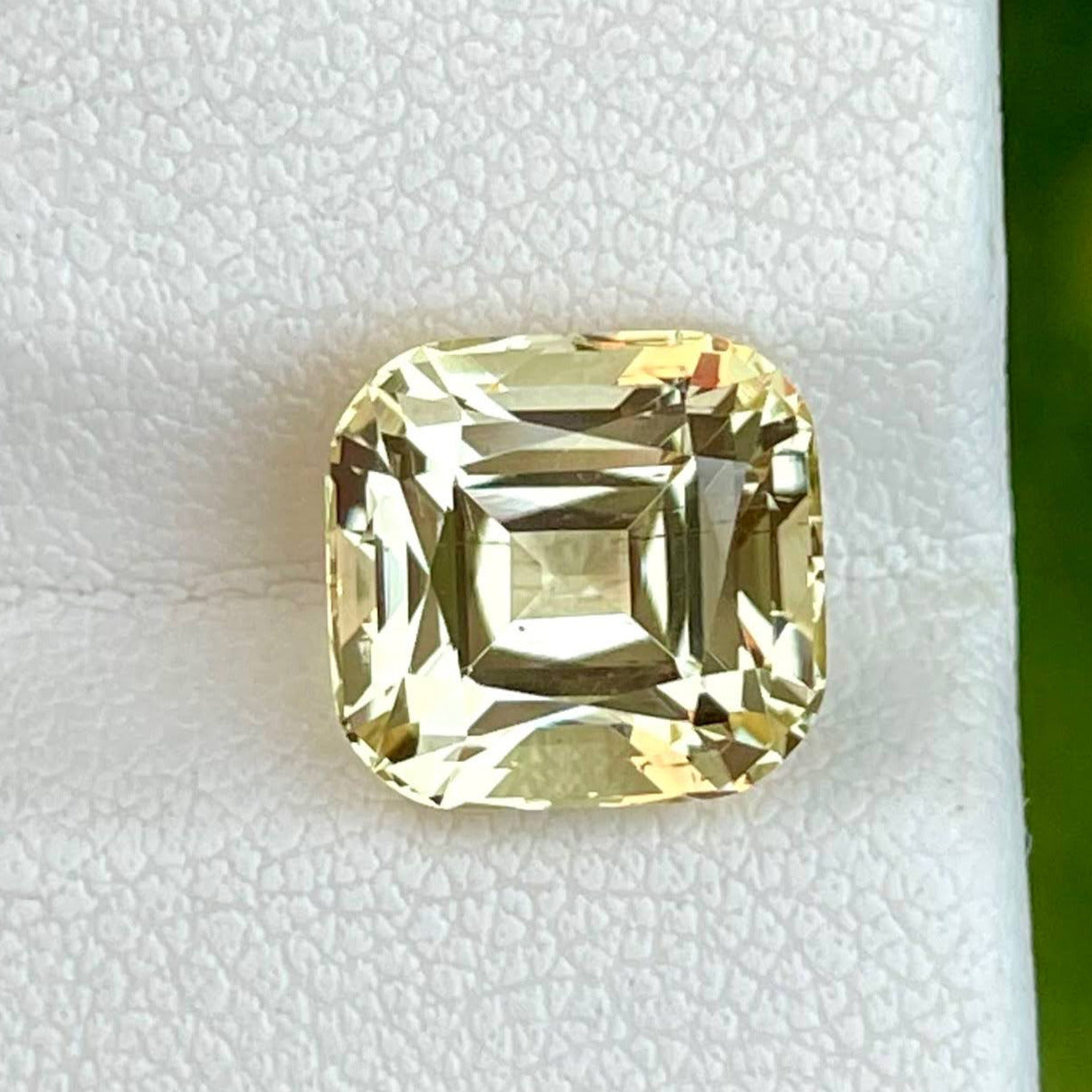
Origin of the Name
The word "scapolite" comes from the Greek word skapos, meaning "shaft," referring to the long columnar crystals in which the mineral often forms.
Geological Formation and Mineral Family
Scapolite is a group of rock-forming silicate minerals commonly found in metamorphic and igneous rocks. It forms under high-pressure, high-temperature conditions, usually as a result of metamorphism of calcium-rich rocks. Scapolite belongs to the feldspathoid group and is chemically related to both feldspar and nepheline.
Chemical Composition and Crystal Structure
The general chemical formula for scapolite is (Na,Ca)4Al3Si9O24Cl, which varies based on the sodium and calcium content. It crystallizes in the tetragonal system, typically forming prismatic crystals.
Types of Scapolite
Scapolite is a diverse gemstone with several types distinguished by color, optical effects, and clarity.
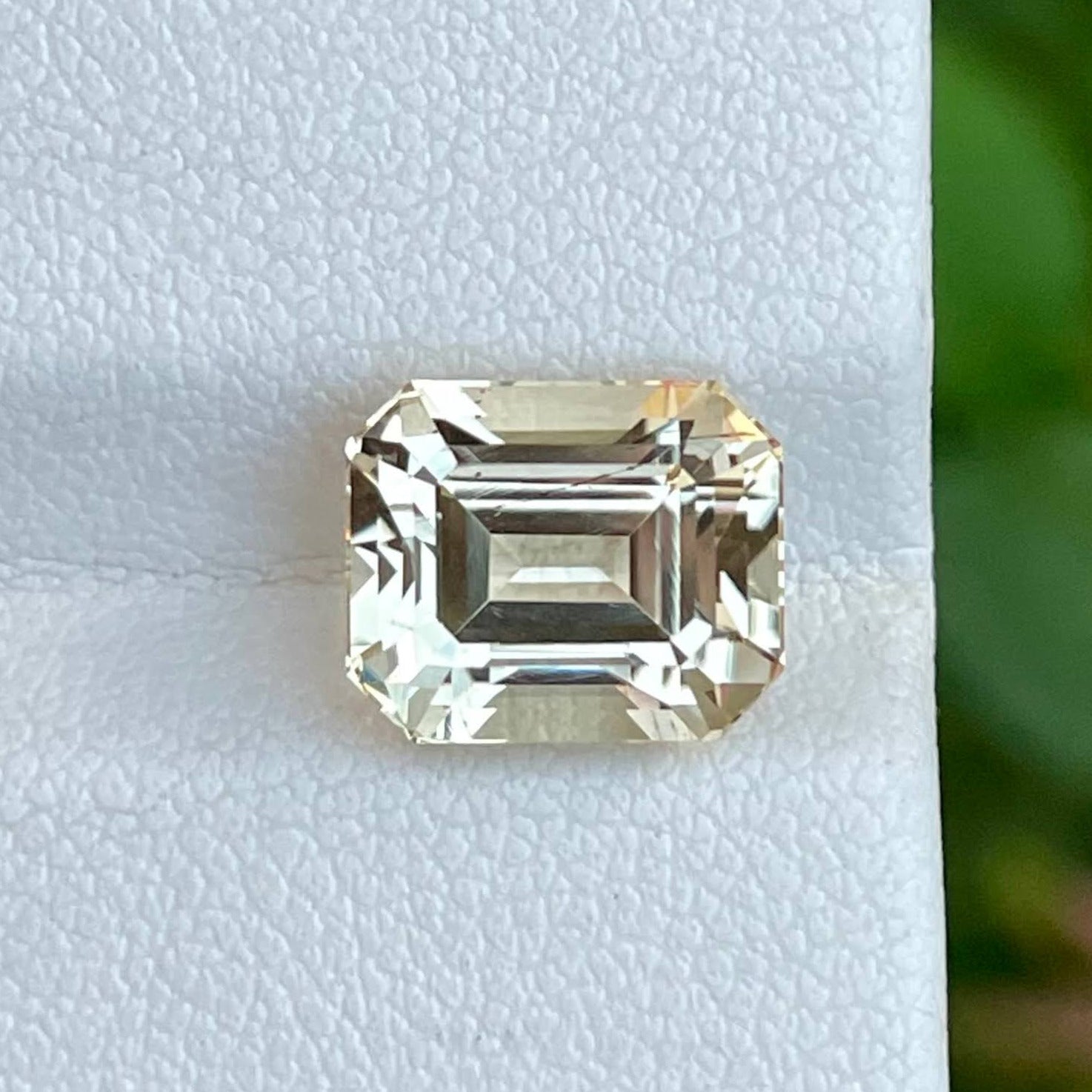
Color Variations
-
Yellow Scapolite: The most common and often the most vibrant.
-
Pink and Violet Scapolite: Sought-after for their rarity and soft, feminine hues.
-
Gray and Brown Scapolite: Earthy tones appreciated for their natural look.
Chatoyant (Cat's Eye) Scapolite
Some scapolite stones exhibit chatoyancy, a glowing band of light across the surface similar to a cat’s eye. This phenomenon increases the gem’s value and is particularly desirable among collectors.
Fluorescence and Optical Effects
Scapolite can fluoresce under UV light, typically glowing yellow or orange. This adds another layer of intrigue for those interested in gemology or metaphysical properties.
Where is Scapolite Found?
Scapolite isn’t found everywhere, which adds to its rarity and appeal.

Major Mining Locations
-
Sri Lanka: Known for producing high-quality yellow and violet scapolite.
-
Myanmar (Burma): A significant source of chatoyant scapolite.
-
Madagascar: Offers a broad color range, including pink and purple.
-
Pakistan: Home to some of the most vivid scapolite crystals, especially from the Gilgit-Baltistan region.
Historical Significance
While scapolite doesn’t have the historical legacy of diamonds or sapphires, ancient civilizations did use it for ornamental purposes. Its rarity and metaphysical properties have recently driven its resurgence.
Physical & Metaphysical Properties
Physical Properties
-
Mohs Hardness: 5.5 to 6.0
-
Luster: Vitreous to resinous
-
Cleavage: Good in one direction
-
Transparency: Transparent to translucent
Metaphysical Beliefs
Scapolite is believed to:
-
Promote clarity of thought
-
Support emotional balance
-
Assist in breaking self-destructive patterns
-
Stimulate problem-solving and goal achievement
People often search for "scapolite crystal benefits" when exploring these metaphysical attributes.
Why is Scapolite Rare and Valuable?
Limited Sources
Unlike common gemstones, scapolite is found in only a few regions globally, making it much rarer.
Cutting and Polishing Challenges
Its moderate hardness and perfect cleavage make scapolite difficult to cut and polish. This increases production costs and adds to its value.
Market Demand
While not mainstream, scapolite has a niche market of collectors and gem enthusiasts who value its rarity, color diversity, and optical effects.
How to Evaluate Scapolite Quality
When considering how to buy scapolite, understanding gem quality is essential. Apply the Four Cs used for diamonds:
1. Color
The most valuable scapolite stones are those with rich, saturated colors. Yellow and violet varieties are particularly prized.
2. Clarity
Top-quality scapolite should be eye-clean, with minimal inclusions. Chatoyant varieties may naturally include fine fibers that produce the cat’s eye effect.
3. Cut
A well-cut scapolite will enhance its color and brilliance. For chatoyant stones, cabochon cuts are preferred.
4. Carat Weight
Larger scapolite stones are available but rare. As size increases, so does the price—especially if clarity and color are maintained.
Treatment Disclosures
Some scapolite stones are heat-treated to enhance color. Always ask for treatment disclosures and opt for certified stones.
Certification

Always buy from a source that provides gemstone certification. Gandhara Gems offers certified scapolite for sale, ensuring authenticity and value.
How to Buy Scapolite (The Smart Way)
Trusted Dealers vs Mass Marketplaces
Avoid unverified online sellers or auction sites where scams are common. Work with established dealers like Gandhara Gems.
Why Certification Matters
Certification guarantees the gemstone’s identity, origin, and treatment history. It's a crucial document for both investment and resale.
Pricing Insights
Scapolite pricing varies by type and quality. Chatoyant and rare-colored varieties like pink and violet command higher prices.
Common Scams to Avoid
-
Synthetic or mislabeled stones
-
Overpriced items with fake certifications
-
Inaccurate color descriptions or edited photos
Buying Online vs In-Store
Online purchases offer convenience, but only if the seller is reputable. Gandhara Gems provides high-res photos, detailed descriptions, and certifications for each gem.
Why Buy Scapolite from Gandhara Gems?
Our Story
Gandhara Gems began with a passion for geology and a commitment to ethical sourcing. We’ve grown into a global brand trusted by gem collectors and jewelry makers worldwide.
What Sets Us Apart
-
Over 14,000 satisfied customers
-
Certified, premium-quality gemstones
-
Expert gemologists and ethical sourcing
-
Worldwide shipping and responsive support
Trust Signals
-
Verified reviews and testimonials
-
Secure payment systems
-
Membership in global gemological associations
Explore our exclusive collection of premium scapolite gemstones. Every piece is certified, ethically sourced, and backed by Gandhara Gems' quality assurance. Browse Scapolite Now
Caring for Your Scapolite
Cleaning Tips
-
Use warm soapy water and a soft brush
-
Avoid ultrasonic cleaners and harsh chemicals
Storage Tips
-
Store separately to prevent scratching
-
Use a soft pouch or jewelry box
Best Settings for Jewelry
Due to its moderate hardness, scapolite is best suited for earrings, pendants, and brooches rather than rings. Protective settings like bezels are ideal.
Final Thoughts

Scapolite may not be a household name, but its beauty, rarity, and metaphysical properties make it a compelling choice for collectors and conscious consumers. Whether you're seeking a meaningful crystal or a unique addition to your gemstone collection, scapolite is worth considering.
At Gandhara Gems, we’re proud to offer only the best. Our certified scapolite stones are hand-selected for quality and sourced with integrity. Discover the allure of scapolite today.
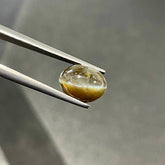

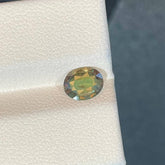
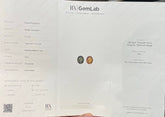



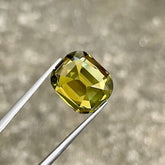
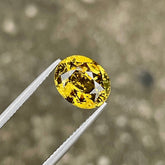
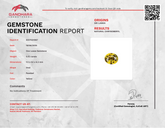
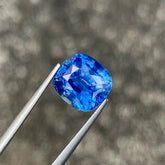

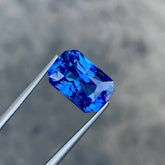

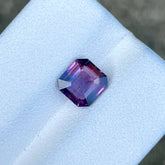

Leave a comment
Please note, comments need to be approved before they are published.